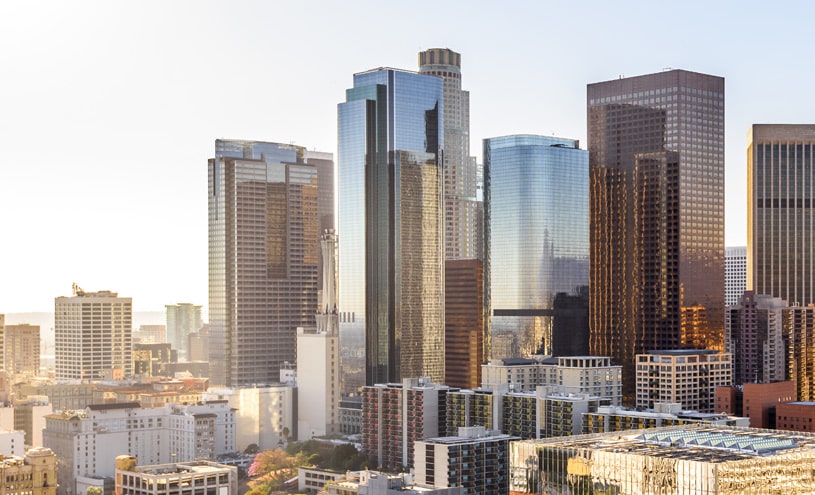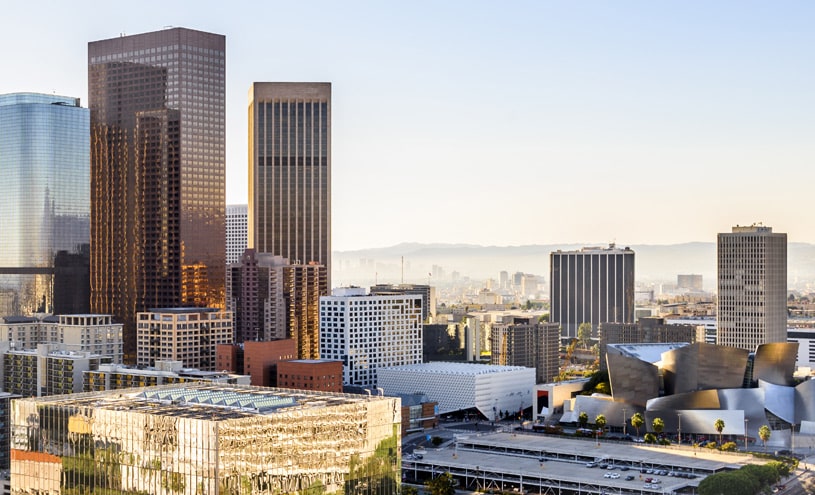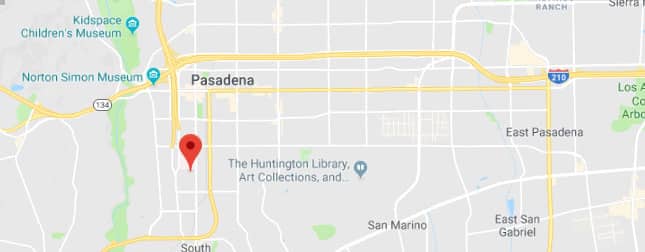 Revision Rhinoplasty Nose Surgery
Revision Rhinoplasty Nose Surgery
While rhinoplasty can be a life-altering procedure, some patients are left unhappy with their outcomes. Patients may be displeased with the cosmetic result of their procedure, or suffer from breathing challenges or other functional issues.
Many patients have had prior nasal surgery with the ultimate expectation of an improved functional and aesthetic result. Unfortunately, the patient’s result is not always satisfactory and the patient may desire revision surgery. These unfavorable results can be from inappropriate techniques, postoperative healing, or subsequent injuries.
Revision rhinoplasty is meant to address the effects of previous surgery and is usually a more complex procedure than the original rhinoplasty.
What is Revision Rhinoplasty Surgery?
Revision rhinoplasty is a complex procedure that requires a skill set that is more challenging than that required for first time nasal surgery. Often times revision nasal surgery requires reconstruction of many of the underlying support structures of the nose that were altered by the previous surgery.
Dr. Yavrouian has had extensive training and experience in revision rhinoplasty and understands the complexity of the nose, both aesthetically and functionally. He has fellowship training in Facial Plastic and Reconstructive Surgery during which over half of the nasal surgeries performed were revision surgeries for patients who originally had surgery elsewhere. He also is board certified in Otolaryngology – Head and Neck Surgery, which has given him an extensive understanding of the complex anatomy and function of the nose.
Click Below to See All Before & After Photos
Why Revision Becomes Necessary
Rhinoplasty is among the most difficult procedures that a cosmetic surgeon can undertake. In comparison to a procedure such as an eyelid surgery, which necessitates a two-dimensional approach, nose surgery is three-dimensional.
Patients seeking to correct the outcomes of a previous rhinoplasty should ideally work with a surgeon with extensive experience in revision rhinoplasty.
Consultation
During the consultation, after careful examination of the nose, discussion of the patient’s goals, and review of any prior records, Dr. Yavrouian is able to outline a detailed surgical plan to improve the patient’s function and form. Photographs are taken which are then used to simulate the goal for surgery. These images are then taken to surgery to assist in achieving the desired results.
Procedure
A majority of rhinoplasty procedures are completed in two hours or slightly more. On the basis of the patient’s needs, the surgeon will address the existing problems to create satisfactory results.
The secondary rhinoplasty may require an open technique, unlike primary rhinoplasty, which is usually undertaken as a closed procedure. In open rhinoplasty, the overlying skin is reflected to access deeper tissue layers and attain better visibility of the nasal structures.
It is vital to understand that open rhinoplasty does have certain limitations. As a greater amount of blood flow is disrupted, the ensuing inflammation will take longer to resolve. The surgeon should work cautiously to hide any scarring along the columella (the narrow strip of tissue that divides the nostrils).
Augmenting the Nose
Some revision rhinoplasty cases involve the replacement of missing tissue and cartilage. The surgeon may choose to use the patient’s own tissue, which can be taken from elsewhere in the septum or another body area, such as the ribs.
Innovative synthetic grafting materials implants can provide patients with multiple benefits. These implants are porous, which creates a kind of trellis to promote the development of tissue around a framework. These advanced implants are very safe and have low rates of infection.
Refining the Nose
Grafts are not necessary for most revisions. Patients more commonly require scar tissue refinement. Sometimes excessive cartilage can affect the nasal appearance, or the scar tissue may be asymmetrical.
The surgeon might merely need to reposition what is already in place. For instance, if the results of the original procedure were not as dramatic as the patient would have liked, the surgeon may excise more tissue-narrowing the nostrils or further reduce the nasal bridge.
Understanding Risks
In comparison to primary rhinoplasty procedures, revision nose surgery naturally carries a greater degree of risk. This statement will garner support from any experienced plastic surgeon.
There is a high chance that the surgeon can enhance the previous outcomes, but there is also a probability of breaking even or even a small likelihood of another procedure worsening the situation. A higher amount of scar tissue can make it more challenging to perform the surgery effectively.
A majority of revision rhinoplasty patients feel that the risk was well worth the reward; relieved breathing challenges, a restored nasal appearance, and an overall enhanced quality of life.
For more information about treatments and procedures by Facial Plastic and Reconstructive Surgeon, Dr. Eric J. Yavrouian, receiving patients in and around Glendale, Pasadena, Burbank and the Greater Los Angeles, CA area call 818-241-2150 or click here to contact him for a consultation.






